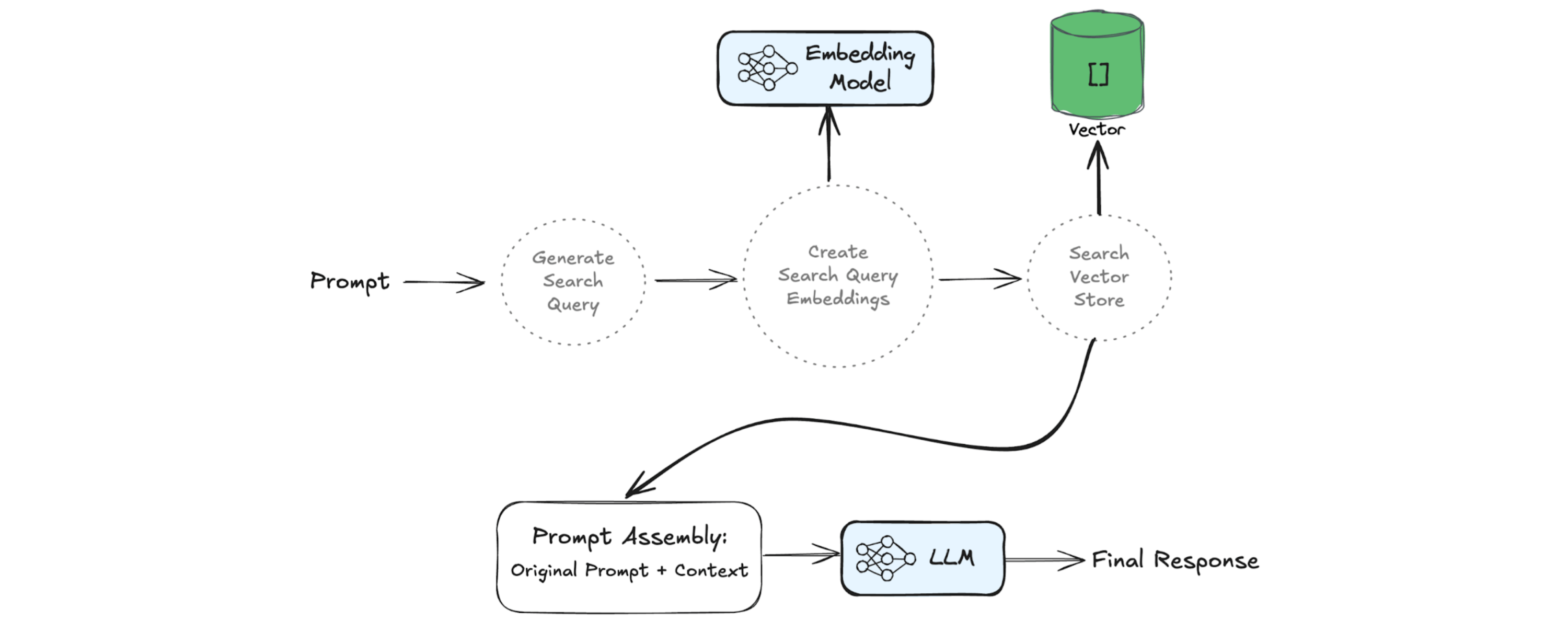Hands-on Tableflow Workshop: Kafka-to-Delta Tables & AI Agents | Register Now
Key Differences: Prompts vs. Workflows vs. Agents
Prompts, workflows, and agents are distinct yet related approaches, each suited to different levels of complexity and automation. More complex AI systems will likely combine all three.
Here's a breakdown of each, where they fit, and how to select an approach for your use case.
What are Prompts?

The effectiveness of these systems hinges on the quality of the prompt. Think of prompt engineering like giving instructions to a chef. If you say, “Make something delicious,” you might get a great dish, but it’s unpredictable. If you say, “Make an herb-roasted chicken with potatoes,” you’re more likely to get exactly what you want.
Best suited for:
Single, isolated tasks where the AI doesn’t need additional context or the context can be in a fixed state within a prompt.
Example use cases:
Generating marketing copy, summarizing a document, or translating a paragraph.
What are Workflows?
Workflows follow rigid, pre-coded sequences but can incorporate external data using techniques like [RAG](/learn/retrieval-augmented-generation-rag/), which retrieves context from a knowledge base, or GraphRAG, which maps relationships between pieces of data for deeper understanding. Here's a simple RAG-based workflow:

While workflows can retrieve and process external data, they lack the adaptability of agents. The AI doesn’t make decisions or iterate; it simply executes tasks in a pre-defined order.
Best suited for:
Predictable, repeatable tasks where the sequence of actions is clear and doesn’t require dynamic decision-making.
Example use cases:
Automating a customer onboarding process by pulling user data, generating a welcome email, and scheduling a follow-up.
What are Agents?

This flexibility makes agents powerful for complex, open-ended tasks. Unlike workflows, agents can adjust to unexpected inputs or changes in the environment without requiring predefined code paths.
Agents excel in scenarios where workflows are too rigid to accommodate the unpredictability of real-world problems.
However, building agents presents significant challenges, requiring advanced frameworks and tools to handle their non-deterministic behavior. Testing and debugging become particularly complex due to the stochastic nature of their outputs, and scaling agents introduces the same intricate dependencies and reliability concerns as scaling a distributed system.
Best suited for:
Predictable, repeatable tasks where the sequence of actions is clear and doesn’t require dynamic decision-making.
Example use cases:
Automating a customer onboarding process by pulling user data, generating a welcome email, and scheduling a follow-up.
More multi-agent use cases include:
- Sales and Marketing: Agents research prospects, identify decision-makers, and create personalized outreach emails.
- Drug Discovery: Agents semi-automate regulatory paperwork, generating initial responses that humans can verify and refine.
Selecting the Right Approach
Deciding between a simple prompt, a workflow, or a fully agentic system boils down to asking a fundamental question: What’s the right tool for the problem you’re trying to solve?
A rule of thumb would be to avoid overcomplicating things, building solutions that are flashy, but over-engineered for the task at hand.
Start by focusing on business value:
- What do you want to achieve?
- How will you measure if it’s working?
The simplest solution is often the best place to begin.
Starting with simple prompt engineering may not be perfect, but it can work well enough as a first pass. Here’s an example of an AI tool that generates LinkedIn posts. It saves time, takes minimal effort to set up, and has lower token costs.
Alternatively, a more complex workflow can be built to integrate historical insights, injects personal anecdotes, and uses advanced heuristics to fine-tune every word. Or an agent can iteratively refine the content until it’s polished to perfection. The question is whether all that is necessary to just share updates on social media, for example.
When building a product MVP or initially testing an idea, is it necessary to have a Kubernetes cluster running in multiple availability zones, with horizontal sharding and the capacity to scale to billions of users? Or can one start with a simple monolithic three-tier architecture? The latter gets the job done without unnecessary complexity, leaving room to grow once there is more demand.
Before diving into agents—or even workflows—it’s worth taking a step back to ask: Is generative AI even the right tool for this problem? Not every challenge calls for the newest, flashiest tech. Sometimes, older approaches like predictive machine learning or automation scripts are faster, simpler, and more cost-effective.
The key is to match the solution to the problem. Start small, iterate, and let the needs drive the complexity, not the other way around.
Additional Resources
Get Started
Get started free with Confluent Cloud to start building a real-time, contextualized, and trustworthy knowledge base for your AI use cases.